Damon Runyon
Born Alfred Damon Runyan
October 4, 1880
Manhattan, Kansas, U.S.
Died December 10, 1946 (aged 66)
New York City, U.S.
Occupation(s) Writer, journalist
Years active 1900–1946
Alfred Damon Runyon (October 4, 1880 – December 10, 1946) was an American journalist and short-story writer.
He was best known for his short stories celebrating the world of Broadway in New York City that grew out of the Prohibition era. To New Yorkers of his generation, a "Damon Runyon character" evoked a distinctive social type from Brooklyn or Midtown Manhattan. The adjective "Runyonesque" refers to this type of character and the type of situations and dialog that Runyon depicts.
He spun humorous and sentimental tales of gamblers, hustlers, actors, and gangsters, few of whom go by "square" names, preferring instead colorful monikers such as "Nathan Detroit", "Benny Southstreet", "Big Jule", "Harry the Horse", "Good Time Charley", "Dave the Dude", or "The Seldom Seen Kid".
His distinctive vernacular style is known as "Runyonese": a mixture of formal speech and colorful slang, almost always in the present tense, and always devoid of contractions. He is credited with coining the phrase "Hooray Henry", a term now used in British English to describe the upper-class version of a loud-mouthed, arrogant twit.
Runyon's fictional world is also known to the general public through the musical Guys and Dolls based on two of his stories, "The Idyll of Miss Sarah Brown" and "Blood Pressure". The musical additionally borrows characters and story elements from a few other Runyon stories, most notably "Pick The Winner". The film Little Miss Marker (and its three remakes, Sorrowful Jones, 40 Pounds of Trouble and the 1980 Little Miss Marker) grew from his short story of the same name.
Runyon was also a newspaper reporter, covering sports and general news for decades for various publications and syndicates owned by William Randolph Hearst. Already known for his fiction, he wrote a well-remembered "present tense" article on Franklin Delano Roosevelt's Presidential inauguration in 1933 for the Universal Service, a Hearst syndicate, which was merged with the co-owned International News Service in 1937.
Life and work
Boyhood home of Damon Runyon in Manhattan, Kansas
Damon Runyon was born Alfred Damon Runyan to Alfred Lee and Elizabeth (Damon) Runyan. His relatives in his birthplace of Manhattan, Kansas, included several newspapermen. His grandfather was a newspaper printer from New Jersey who had relocated to Manhattan, Kansas, in 1855, and his father was the editor of his newspaper in the town. In 1882 Runyon's father was forced to sell his newspaper, and the family moved westward. The family eventually settled in Pueblo, Colorado, in 1887, where Runyon spent the rest of his youth. By most accounts, he attended school only through the fourth grade. He began to work in the newspaper trade under his father in Pueblo. In present-day Pueblo, Runyon Field, the Damon Runyon Repertory Theater Company, and Runyon Lake are named in his honor.
In 1898, when still in his teens, Runyon enlisted in the US Army to fight in the Spanish–American War. While in the service, he was assigned to write for the Manila Freedom and Soldier's Letter.
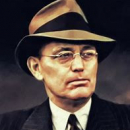
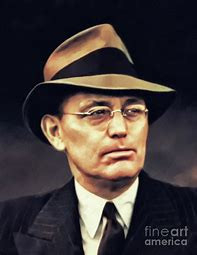
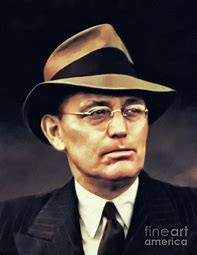
 Amanda S. Stevenson
Amanda S. Stevenson 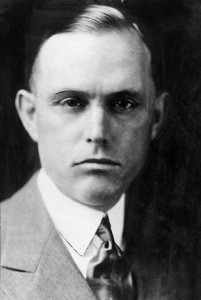
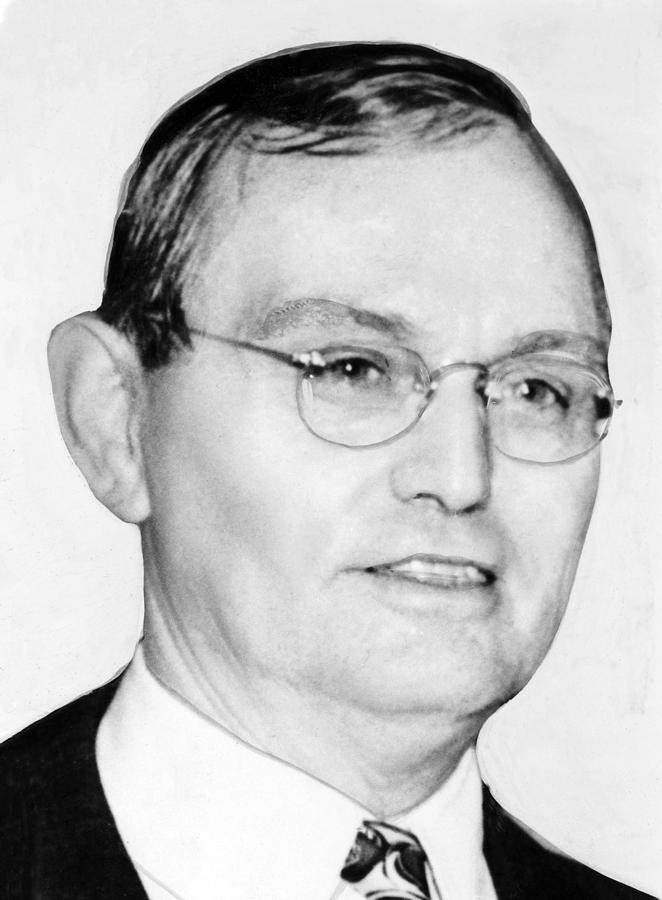
 James Clabby
James Clabby 
